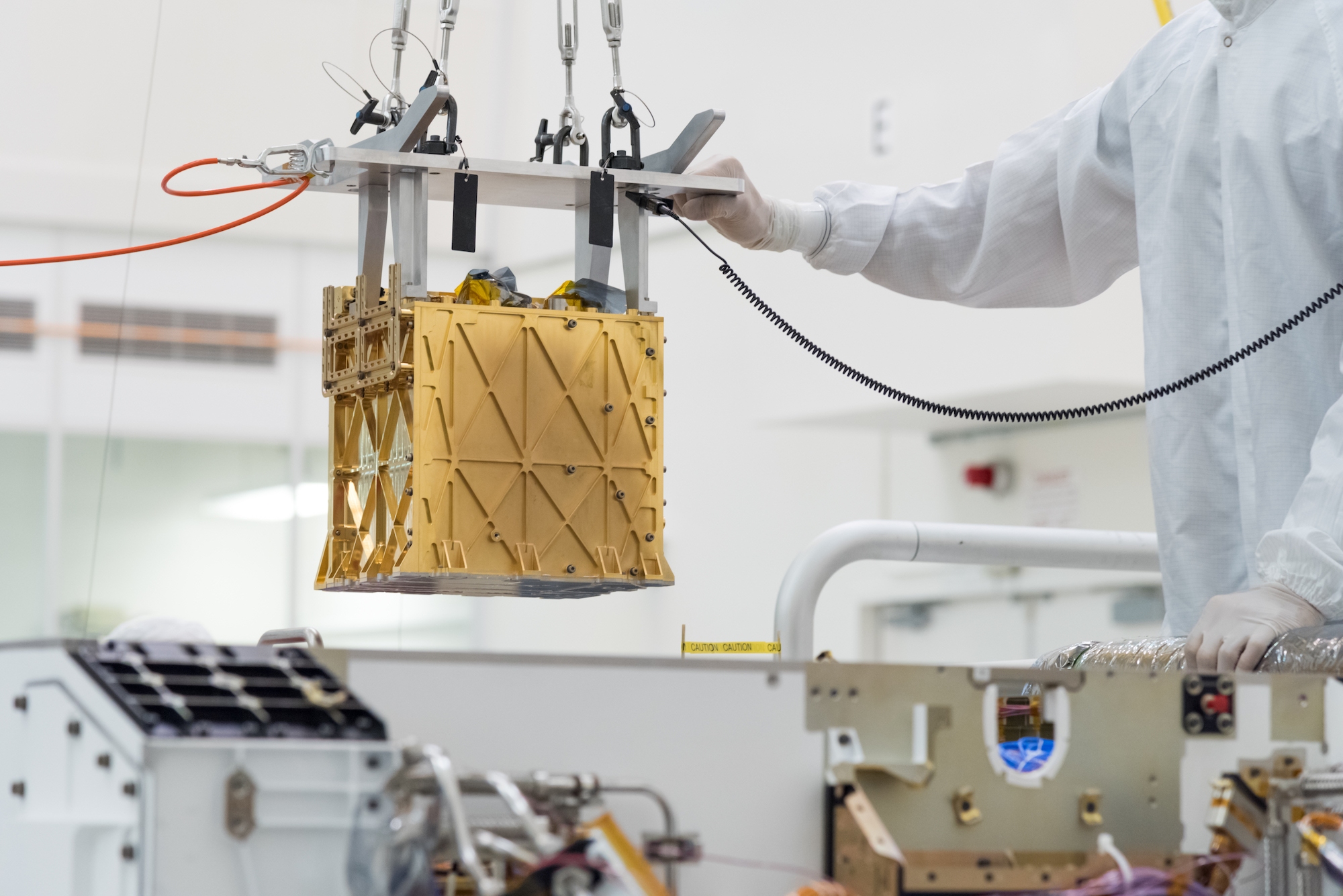2 min read

Today, we published our first peer-reviewed, post-landing paper on MOXIE, detailing the seven oxygen generation runs we completed during Perseverance’s first year on Mars. We’ve made considerable progress since those first seven runs, completing run #11 this past weekend – and it turned out to be the most productive MOXIE run to date!
This is the peak of the Martian winter, when cold nights and relatively high atmospheric pressures conspire to produce the highest air density of the year. The denser the air, the more CO2 MOXIE has to work with, and the more oxygen it can make. We’re always extremely cautious about designing runs for the irreplaceable flight model on Mars, but we pushed the envelope a little this time to briefly produce oxygen at a rate of nearly 10.5 grams per hour. If you were to double that, a human being could survive on it – it’s not a lot, but a record for us.
We have a long way to go before being able to make the 2 to 3 kilograms per hour that will be needed to make the tens of tons of propellant to lift a human crew of four to six astronauts off the surface of Mars and into orbit – the main goal of future oxygen generation technology to succeed MOXIE. But that will require 25 kilowatts of power, and Perseverance only gives us 100 watts, so we’re doing fine. And we’re learning how to make the next MOXIE a lot more power efficient. Right now, we only use about 10% of our power to generate oxygen. The rest goes to running the compressor that collects the air, to our electronics, and to making up for heat loss from our 800 degrees Celsius electrolysis unit through the wires and tubes.
In a full-scale version, we expect to use more like 90% of the power through a few simple changes, like running the compressor at lower pressure and designing a more efficient oven. I’d love to help build that unit, but one step at a time…
Written by Michael Hecht, Mars Oxygen In-Situ Resource Utilization Experiment (MOXIE) Principal Investigator at Massachusetts Institute of Technology







